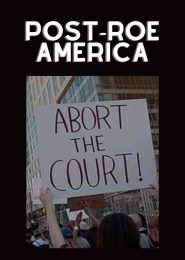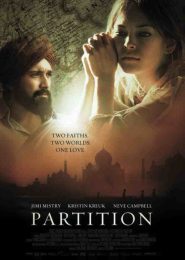Guantanamo: Blacked Out Bay (2014)
Guantanamo: Blacked Out Bay is a documentary that takes us inside the world’s most infamous prison, Guantanamo Bay. This isn’t just any prison; it’s a place shrouded in controversy and secrecy. The film provides a rare glimpse into the lives of those detained, the conditions they face, and the legal limbo that defines Guantanamo.
But wait, there’s more. The documentary unveils the stories of around 800 people who have been imprisoned since the facility’s establishment in 2002. At the time of filming, fewer than 150 remained, many held without trial, raising questions about justice and human rights.
Have you noticed? Despite President Obama’s pledge to close the detention center, it remains open. The film takes us on a journey to understand why, through interviews with a former detainee and a former guard. Their unfiltered impressions provide a personal perspective on the real truth behind the camp’s operations.
Think about it. The documentary doesn’t just show us what life is like in Guantanamo; it challenges us to consider the broader implications of such a facility. What does this mean for you, for the rule of law, and for the values we hold dear?
And that’s just one side of the story. Guantanamo: Blacked Out Bay also explores the violent and demeaning tactics reportedly used against inmates, as told by those who have experienced and witnessed them firsthand.
In essence, this documentary is a powerful reminder of the ongoing debate over security and human rights. It’s a call to action for transparency, accountability, and justice. So, what’s the secret to making a change? It starts with awareness and leads to action.
To sum up, Guantanamo: Blacked Out Bay is an eye-opening documentary that sheds light on the dark corners of Guantanamo Bay. It’s a story that resonates with anyone who believes in the power of justice and the importance of upholding human dignity.
So give it a go, watch Guantanamo: Blacked Out Bay, and be part of the conversation. It’s a step towards understanding and shaping the future of human rights. Now go out and do it—engage, learn, and contribute to the movement for a better world. Let’s recap: it’s a call to action, a lesson in humanity, and a beacon of hope for a more just society. And that’s the bottom line.




